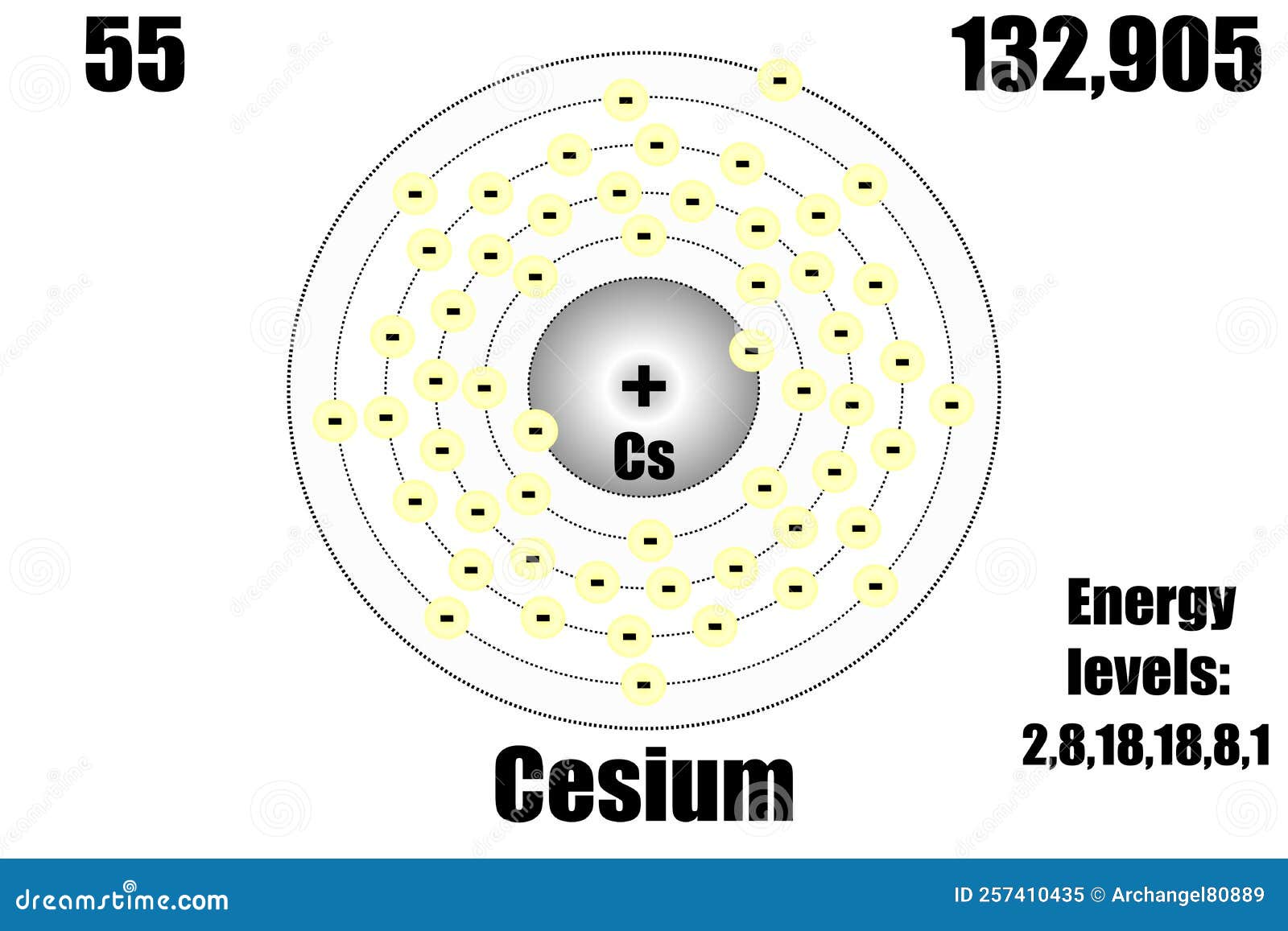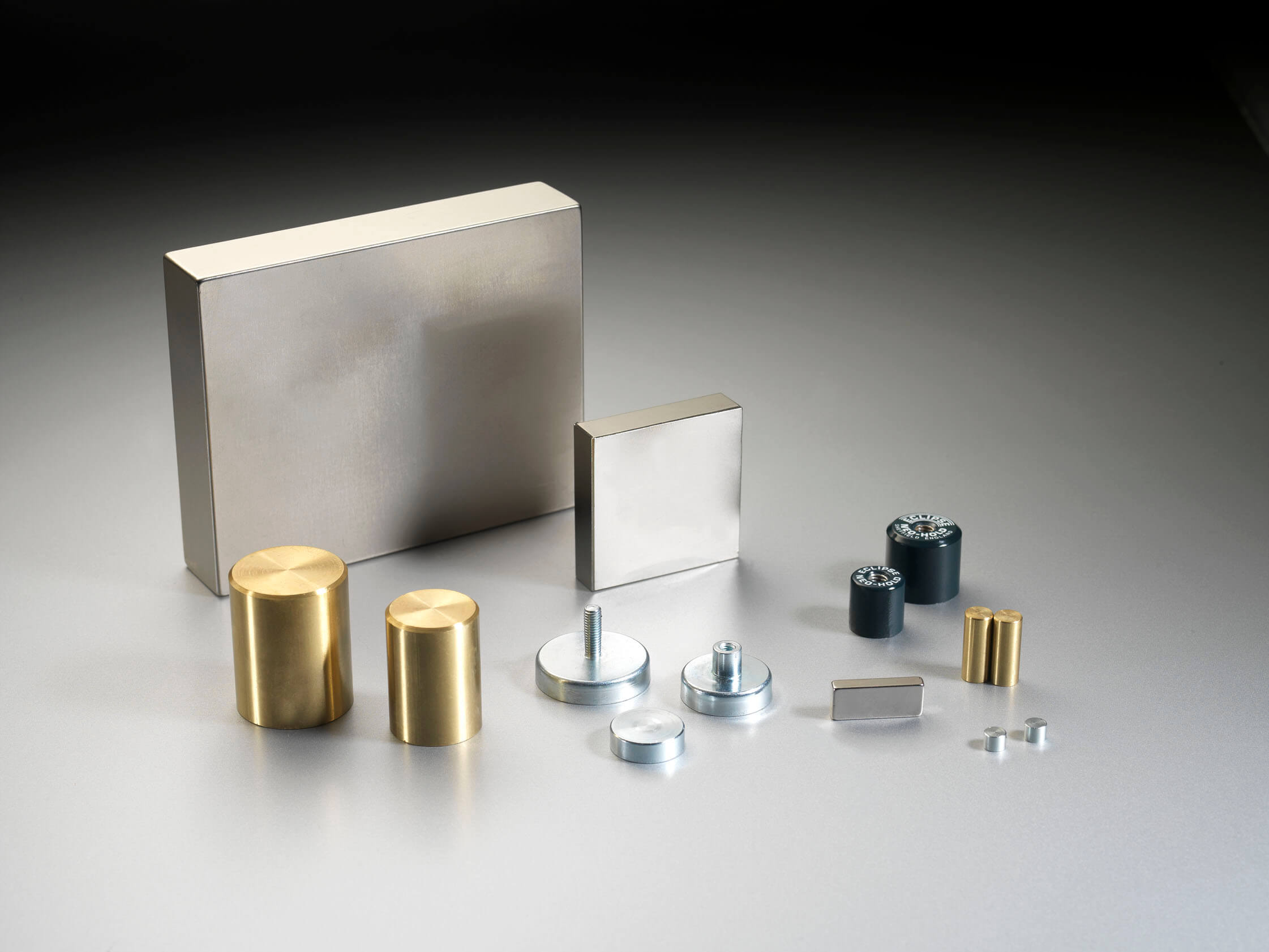Neodymium and Cesium are two of the most important rare earth elements (REEs). They are used in a wide variety of applications, including magnets, batteries, and lasers. However, there are some key differences between these two elements that make them better suited for different applications.
Editor's Notes: "Nd Vs Cs: A Detailed Comparison Of Neodymium And Cesium" have published today! We believe this topic is important for everyone to read because it provides a comprehensive overview of the key differences between neodymium and cesium.
In this guide, we will take a closer look at neodymium and cesium and compare their properties, applications, and prices. We will also discuss the advantages and disadvantages of each element so that you can make an informed decision about which one is right for your needs.
Key Differences Between Neodymium and Cesium
| Property | Neodymium | Cesium |
|---|---|---|
| Atomic number | 60 | 55 |
| Atomic weight | 144.24 | 132.91 |
| Melting point (°C) | 1024 | 28.5 |
| Boiling point (°C) | 3127 | 690 |
| Density (g/cm³) | 7.01 | 1.873 |
| Electrical conductivity (S/m) | 1.29 × 10^6 | 2.25 × 10^6 |
| Thermal conductivity (W/m·K) | 24 | 36 |
| Magnetic susceptibility (×10^-6) | 2.6 | -7.1 |
| Applications | Magnets, batteries, lasers | Atomic clocks, photocells, medical imaging |
Main Article Topics
- Properties of Neodymium and Cesium
- Applications of Neodymium and Cesium
- Advantages and Disadvantages of Neodymium and Cesium
- Prices of Neodymium and Cesium
FAQ
This FAQ section provides a comprehensive overview of the key differences and similarities between neodymium and cesium, two widely used elements in various applications.
Question 1: What is the primary difference between neodymium and cesium?
Answer: Neodymium (Nd) is a lanthanide element with atomic number 60, while cesium (Cs) is an alkali metal with atomic number 55. Nd is a solid at room temperature, while Cs is a liquid.

ND vs CS Dream11 Prediction With Stats, Pitch Report & Player Record of - Source www.probatsman.com
Question 2: What are the common applications of neodymium and cesium?
Answer: Neodymium is primarily used in magnets, lasers, and optical materials, whereas cesium is utilized in atomic clocks, photocells, and medical imaging.
Question 3: How does the reactivity of neodymium and cesium differ?
Answer: Cesium is highly reactive and can spontaneously ignite in air, while neodymium exhibits lower reactivity and is stable in air and water.
Question 4: What are the key similarities between neodymium and cesium?
Answer: Both elements belong to the f-block of the periodic table and possess unpaired electrons. They also share similar ionization energies and atomic radii.
Question 5: Which element is more abundant in the Earth's crust?
Answer: Neodymium is more abundant than cesium in the Earth's crust, with an estimated abundance of 40 ppm compared to 7 ppm for cesium.
Question 6: How are neodymium and cesium extracted from their ores?
Answer: Neodymium is typically extracted through ion exchange and solvent extraction processes, while cesium is obtained via precipitation and ion exchange methods.
These FAQs provide a concise overview of the distinct properties, applications, and abundance of neodymium and cesium. Understanding these differences is crucial for selecting the appropriate element for various scientific and industrial applications.
Next, let's delve into the specific properties and advantages of each element.
Tips by Nd Vs Cs: A Detailed Comparison Of Neodymium And Cesium
When striving for optimal performance and efficiency in laser systems, selecting the most suitable material for the gain medium is crucial. Neodymium (Nd) and Cesium (Cs) are two commonly used elements that offer distinct advantages and considerations when employed as active laser media.

Bohr atomic model of cesium - geekvolf - Source geekvolf.weebly.com
Tip 1: Understand the Spectroscopic Properties
The spectroscopic properties of Nd and Cs differ notably. Nd exhibits a well-defined four-level energy structure, enabling efficient laser operation at specific wavelengths, such as 1064 nm and 1338 nm. Cs, on the other hand, has a more complex energy structure with multiple closely spaced levels, resulting in broadband emission.
Tip 2: Consider the Laser Output Power
Nd-based lasers generally offer higher output powers compared to Cs-based lasers. This is attributed to Nd's superior gain and efficiency, making it ideal for applications requiring high-power laser sources, such as industrial cutting and welding.
Tip 3: Evaluate the Efficiency and Pump Source
Cs lasers exhibit higher quantum efficiency than Nd lasers, meaning they convert pumping energy into laser light more effectively. However, Cs lasers require specific pump sources, typically in the UV spectrum, which can be more challenging to implement.
Tip 4: Determine the Desired Wavelength
Consider the specific wavelength requirements for the application. Nd lasers operate in the near-infrared region, while Cs lasers can emit in various wavelengths, including visible, infrared, and ultraviolet. This makes Cs suitable for applications requiring specific wavelengths, such as spectroscopy and sensing.
Tip 5: Assess the Beam Quality
The beam quality of a laser system is influenced by the gain medium properties. Nd lasers typically produce high-quality beams with excellent beam propagation characteristics. Cs lasers, on the other hand, may exhibit beam instabilities and lower beam quality.
By carefully considering these factors and understanding the unique characteristics of Nd and Cs as laser media, researchers and engineers can make informed decisions to optimize the performance of their laser systems for specific applications.
Nd Vs Cs: A Detailed Comparison Of Neodymium And Cesium
To fully understand the differences between neodymium (Nd) and cesium (Cs), it is essential to consider various key aspects that highlight their unique properties and applications.

Element of Neodymium stock vector. Illustration of science - 93039304 - Source www.dreamstime.com
- Atomic Number: Nd (60) vs Cs (55)
- Atomic Mass: Nd (144.24) vs Cs (132.91)
- Oxidation State: Nd (+3) vs Cs (+1)
- Magnetic Properties: Nd (paramagnetic) vs Cs (diamagnetic)
- Applications: Nd (magnets, lasers) vs Cs (atomic clocks, medical imaging)
- Abundance: Nd (more abundant) vs Cs (less abundant)
These key aspects provide a comprehensive overview of the distinct characteristics of neodymium and cesium, highlighting their contrasting atomic properties, magnetic behaviors, and practical applications. Understanding these differences is crucial for utilizing these elements effectively in various technological and scientific fields.

Valorant vs CS:GO : Skin market comparison - Source www.sportskeeda.com
Nd Vs Cs: A Detailed Comparison Of Neodymium And Cesium
Neodymium (Nd) and Cesium (Cs) are two elements that are often compared to each other due to their similar properties. Both elements are soft, silvery-white metals that are highly reactive. They are also both good conductors of electricity and heat. However, there are also some key differences between the two elements. Nd is a lanthanide, while Cs is an alkali metal. This difference in their chemical properties leads to some important differences in their behavior. For example, Nd is more resistant to corrosion than Cs. Additionally, Nd has a higher melting point and boiling point than Cs.

Finding the Right Magnet Materials: Alnico vs Neodymium NdFeB | Eclipse - Source www.eclipsemagnetics.com
Conclusion
Nd and Cs are both important elements with a wide range of applications. Nd is used in a variety of alloys, including those used in magnets, lasers, and batteries. Cs is used in a variety of electronic devices, including photocells, vacuum tubes, and clocks.
The comparison of Nd and Cs highlights the importance of understanding the properties of different elements in order to use them effectively. By understanding the similarities and differences between different elements, scientists and engineers can design materials and devices that meet specific needs.
